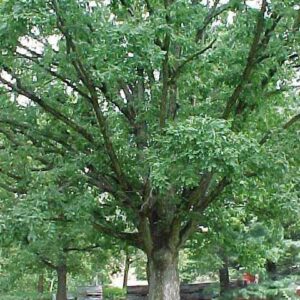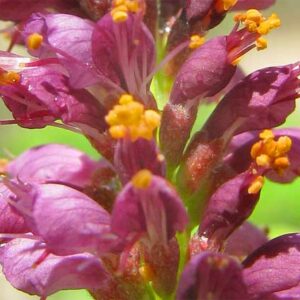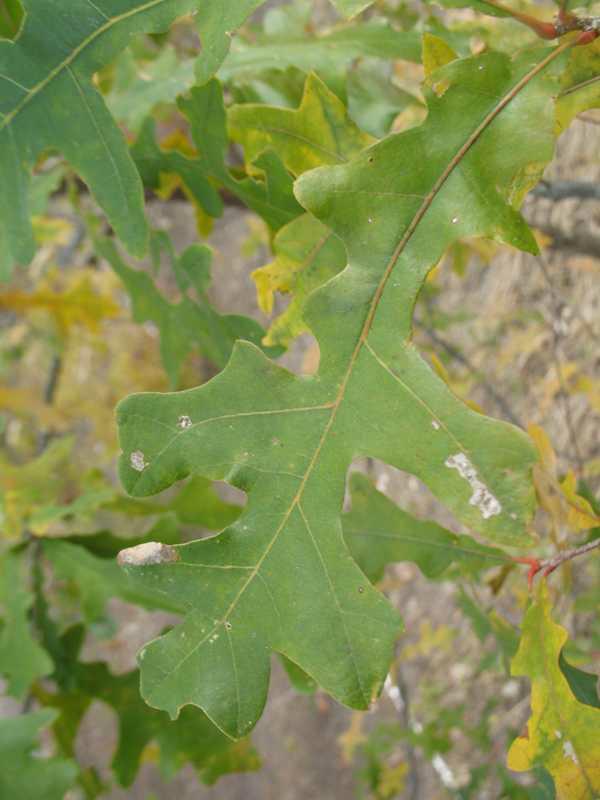Overcup Oak (Quercus lyrata)
$30.00 – $90.00
Share
Description
Culture
Winter hardy to USDA Zones 5-9 where it is best grown in acidic, moist to wet loams in full sun. Tolerates some part shade but not full shade. Tolerates wet poorly drained soils and occasional flooding.
Noteworthy Characteristics
Quercus lyrata, commonly called overcup oak, gets its common name from the distinctive bur-like acorn cup that typically encloses 2/3 to almost all of the nut. It is a medium sized deciduous oak (part of the white oak group) that typically grows to 40-60′ tall with a straight trunk and broad rounded crown. This is a bottomland tree that is native to floodplain forests, lowlands, and along swamps and bayous in the southeastern U.S. It is particularly prevalent in coastal plain swamp forests from Texas to Florida north to New Jersey and up the Mississippi River valley to Missouri, southern Illinois and Indiana. Ornamentally insignificant flowers bloom in March or April (males in slender yellow catkins to 4-6″ long and females in short few-flowered reddish spikes). Deep green leaves (6-10” long and to 4″ wide) with fuzzy white undersides each have 5-9 deep rounded lobes. Leaves turn shades of yellow-brown (sometimes with orange and red) in fall. Female flowers give way to acorns (to 1″ long) which mature in September to October. Overcup oaks usually do not begin bearing acorns until 25-30 years old. Slightly shaggy gray to grayish-brown bark on mature trees is reminiscent of white oak.
Genus name comes from the classical Latin name for oak trees.
Specific epithet comes from the Latin word lyre a stringed instrument in reference to the lyre-shaped leaves.
Problems
No serious insect or disease problems. Oaks in general are susceptible to a large number of diseases, including oak wilt, chestnut blight, shoestring root rot, anthracnose, oak leaf blister, cankers, leaf spots and powdery mildew. Potential insect pests include scale, oak skeletonizer, leaf miner, galls, oak lace bugs, borers, caterpillars and nut weevils.
Additional information
| size | 15-gallon, 3-gallon |
|---|
Related products
-

White Oak (Quercus alba)
Select options This product has multiple variants. The options may be chosen on the product page -

False Indigo (Amorpha fruticosa)
$30.00 – $60.00 Select options This product has multiple variants. The options may be chosen on the product page -

Post Oak (Quercus stellata)
Select options This product has multiple variants. The options may be chosen on the product page -

Hazelnut (Corylus americana)
$30.00 Add to cart


